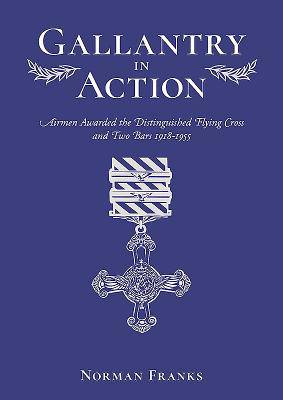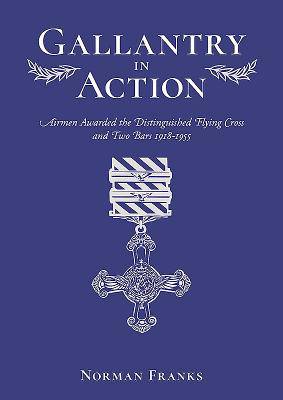
- Retrait gratuit dans votre magasin Club
- 7.000.000 titres dans notre catalogue
- Payer en toute sécurité
- Toujours un magasin près de chez vous
- Retrait gratuit dans votre magasin Club
- 7.000.0000 titres dans notre catalogue
- Payer en toute sécurité
- Toujours un magasin près de chez vous
Description
The reader will discover, the range of airmen who received the DFC and Two Bars, cover most of the ambit of WWII operations, be they fighter pilots, bomber pilots, night-fighter aircrew, aircrew navigators, engineers, etc, or reconnaissance pilots. Each has interesting stories, proving, if proof be needed, their gallantry in action.
Spécifications
Parties prenantes
- Auteur(s) :
- Editeur:
Contenu
- Nombre de pages :
- 192
Caractéristiques
- EAN:
- 9781911621287
- Date de parution :
- 30-05-19
- Format:
- Livre relié
- Dimensions :
- 217 mm x 157 mm
- Poids :
- 642 g

Les avis
Nous publions uniquement les avis qui respectent les conditions requises. Consultez nos conditions pour les avis.






